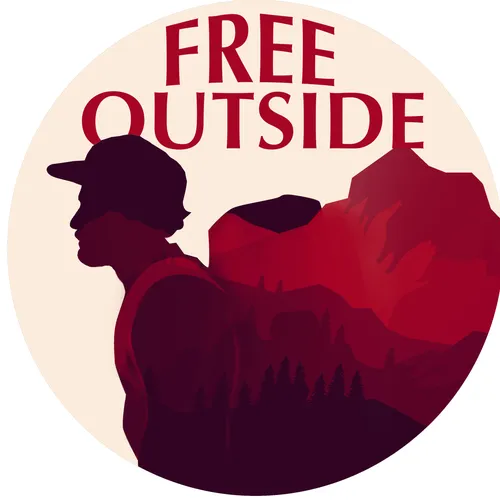Hot and Cold: The Science of Heat Training and Cold Plunging For Runners
- Author
- Jeff Garmire
- Published
- Mon 06 Jan 2025
- Episode Link
- https://podcasters.spotify.com/pod/show/freeoutside/episodes/Hot-and-Cold-The-Science-of-Heat-Training-and-Cold-Plunging-For-Runners-e2rpt2n
In this episode of the Free Outside Podcast, I dive into one of the hottest (and coldest) topics sweeping the endurance sports world: passive heat exposure and cold plunging. Whether you're a runner, cyclist, triathlete, or just curious about optimizing recovery and performance, this episode has you covered.
Support the podcast at Patreon.com/freeoutside
I explore the science, benefits, and potential downsides of cold plunges—discussing how they reduce inflammation, build mental toughness, and help with rapid recovery, but might blunt long-term training adaptations. Then, I shift gears to heat training, unpacking how saunas, hot baths, and even layering up during workouts can improve blood plasma volume, VO₂ max, and heat tolerance while boosting overall endurance.
With a mix of personal experience, coaching insights, studies, and more, I help you understand when and how to use these tools for maximum benefit. Plus, I outline how I integrate them into my own training schedule.
Should you heat things up or chill out? Tune in to learn how to adapt these strategies for your goals—and avoid the bro-culture traps along the way.
takeaways
Cold plunges can reduce muscle inflammation and soreness.
Heat exposure improves cardiovascular efficiency and VO2 max.
Cold plunging may blunt training adaptations if used too frequently.
Sauna use can enhance mental resilience and recovery.
Heat training can be beneficial year-round, not just pre-race.
Cold plunges are effective for injury recovery and inflammation.
Both cold and heat exposure have unique physiological benefits.
Training should be structured to incorporate both cold and heat methods.
Mental toughness can be developed through discomfort in cold plunges.
Everything in life contributes to overall training stress.
Chapters
00:00 Introduction to Endurance Sports Trends
10:12 Understanding Heat Exposure: Methods and Science
19:56 Comparing Cold and Heat Training: Pros and Cons
